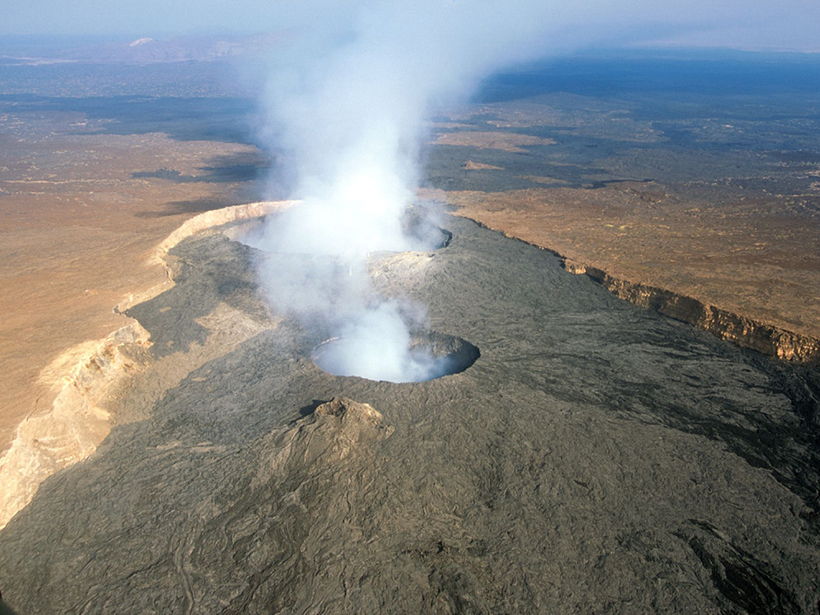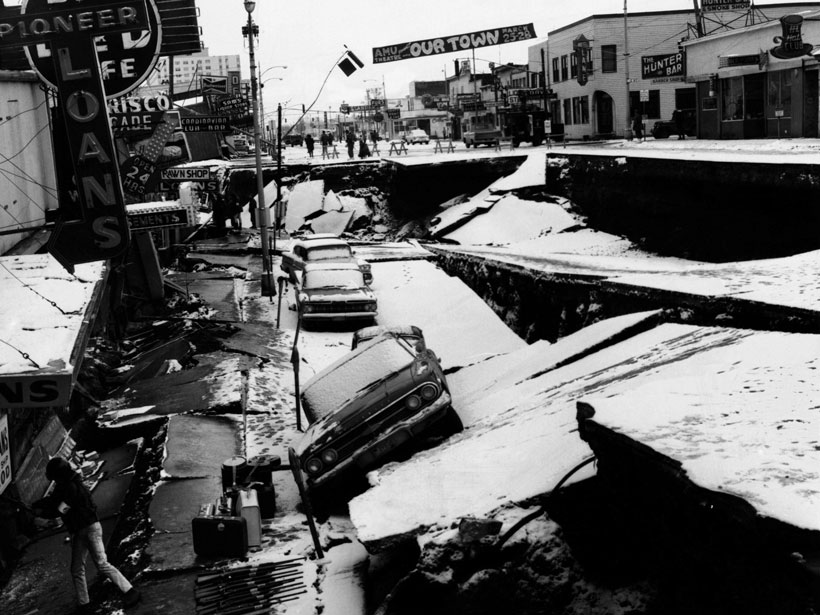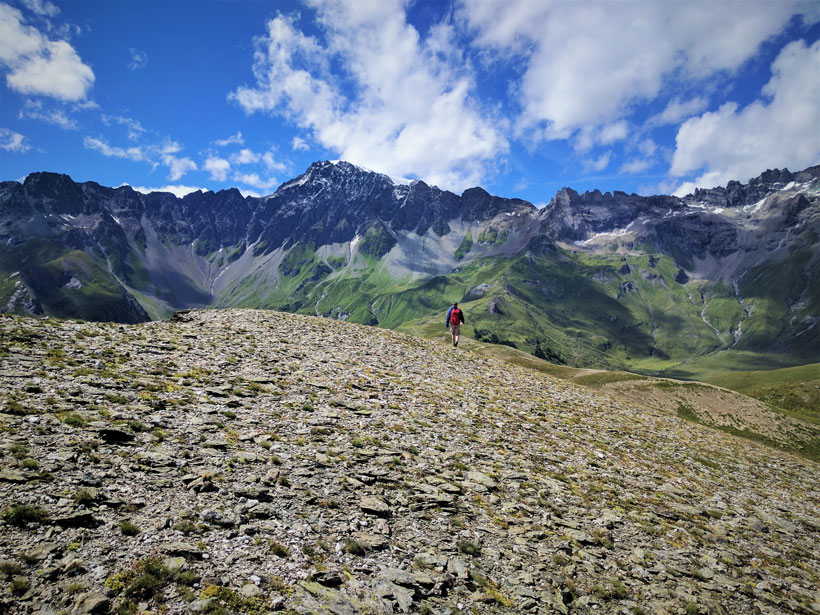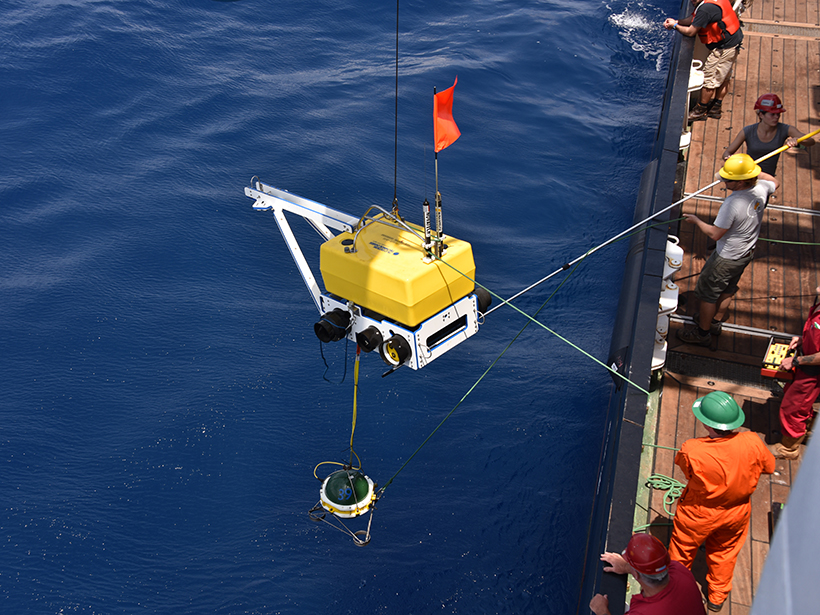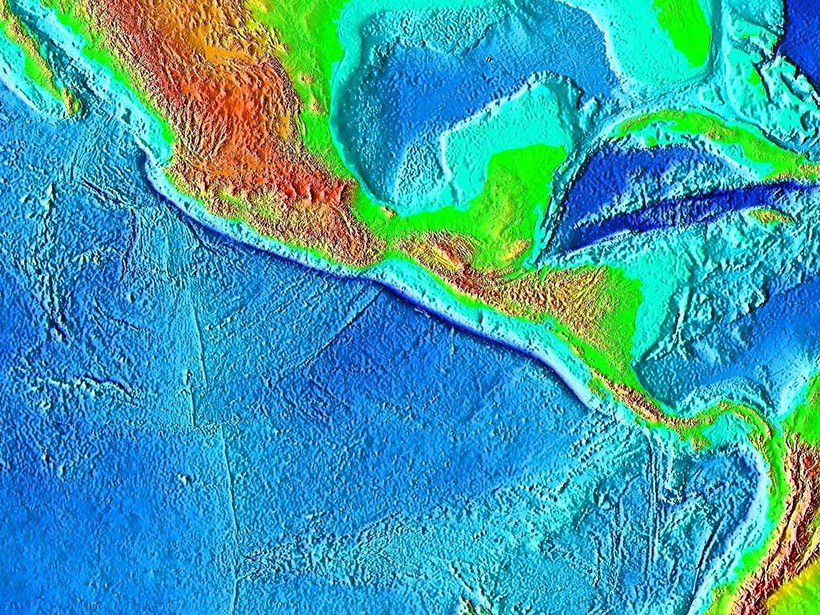A decade-long research collaboration has revealed that the split between Africa and North America roughly 200 million years ago was more drawn out than previously thought.
plate tectonics
Slipping and Locking in Earth’s Earthquake Factories
Geodetic observations collected during back-to-back decadal research campaigns have revealed crucial new insights into the start–stop and slow-motion behavior of subduction zones.
A Successful Model for Interdisciplinary Research
Over the past decade, the GeoPRISMS program has greatly expanded understanding of shoreline-spanning Earth systems processes and fostered a vibrant and increasingly diverse community of researchers.
Crossing the Shoreline
As the decade-long GeoPRISMS program comes to an end this spring, Eos’s April issue features just a few its accomplishments.
A New Understanding of the Mid-Atlantic Ridge and Plate Tectonics
The first seismic data obtained directly from the Mid-Atlantic Ridge suggest that upwelling may contribute to seafloor spreading.
An Innovative Approach for Investigating Subduction Slip Budgets
A new 3D model offers a state-of-the-art look at the full spectrum of slip behaviors in the Nankai subduction zone off Japan.
Subduction May Recycle Less Water Than Thought
A new analysis of seismic data from the Middle America Trench suggests that previous calculations have vastly overestimated the total amount of water transported to the mantle worldwide.
Using Earthquake Forensics to Study Subduction from Space
Researchers combined satellite geodetic measurements of surface motion with a new geophysical data inversion method to probe the Chilean subduction zone in the wake of the 2010 Maule earthquake.
What Happened When the Lithosphere of Venus Broke?
Although Venus does not have plate tectonics today, previous episodes of intense tectonic activity could have resulted in a distribution of crustal thickness and age resembling the plate we see today.
Increased Plate Tectonic Activity May Have Warmed the Miocene Climate
Changes in rates of tectonic degassing may have been responsible for rapid, extreme warming during the Miocene Climatic Optimum and the long cooling period that followed.

